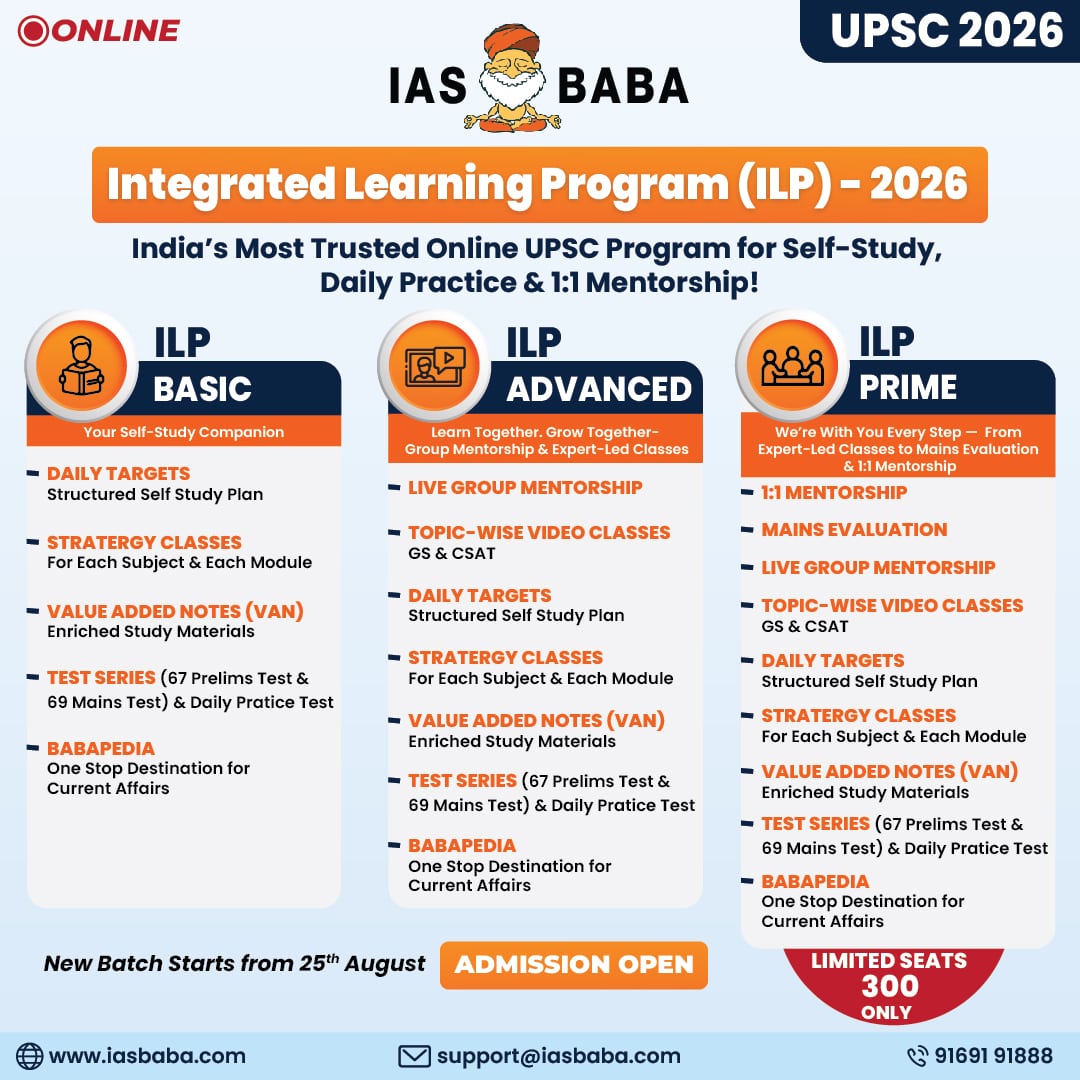UPSC Articles
GOVERNANCE/ HEALTH
Topic: General Studies 2 & 3:
- Government policies and interventions for development in Health sectors
- Indian Economy and challenges with regard to resource mobilization
India’s disease surveillance system needs a reboot
Context: COVID-19 data in India show the following trends:
- 75.3% of deaths have been concentrated in the age group of 60 years and above
- In 83% of deaths, the deceased were battling pre-existing identified health conditions.
What does the above data indicate?
- India appears to have the advantage of a relatively young population when compared to western countries. However, this is negated by the poor health infrastructure
- It also indicates that Corona disease is lethal for those with compromised immunity brought on by age, existing respiratory infections, or essentially, malnutrition
- In technical medical terms, it is a situation of comorbidity, whereby it is difficult to differentiate between dying of COVID-19, or, dying with COVID-19.
- Therefore, it becomes imperative that we do not ignore the existing diseases & illness.
How has COVID-19 impacting the healthcare of existing illness?
- The poor who are battling various diseases now have little access to major public hospitals in the wake of the lockdown.
- Various hospital departments that cater to elderly sick patients are turning away many in the bid to streamline “critical” cases.
- This leads to aggravations of poor health conditions already affecting large sections of people
Critical Analysis of India’s disease surveillance system
Many of the adverse medical conditions prevalent among the vast majority of our country are not even identified due to the lax disease surveillance system
Some of the reasons for the failure of disease surveillance are:
- Accessibility: Significant number of the infected (poor and marginalised people) do not have access to health-care facilities and so fail to report their condition to certified medical practitioners
- Inadequate Testing: Even when an infected person has access to such facilities, their clinical case does not always culminate in the required testing (blood/serum, throat swab, sputum, stool, urine).
- Pervasive non-identification of a definitive Cause: Even if there is a testing, there is a tendency for laboratories to categorise diseases on the basis of the pre-existing classificatory system, which results in failure to identify the definitive cause for an illness
- Undifferentiated Illness leading to undeclared silent epidemics:
- Due to poor laboratory analysis, many ailments are simply clubbed together and referred to by generic names such as Respiratory Tract Infection (RTI), Urinary Tract Infection, Acute Undifferentiated Fever, Fever of Unknown Origin (FUO) etc.
- These are known to affect lakhs of people every year worldwide. For Ex: RTI kills over 900 people in India every day
- Inadequate R&D:
- Even if the definitive cause of an illness is identified, it does not necessarily gain the focused attention of scientific research.
- The mainstream scientific research has a biased approach that is driven by the profits of private pharmaceutical companies and is a fallout of lack of governmental support to general healthcare
- Inadequate Implementation/Political Will
-
- Even when the identity of a contagious disease and its treatment are well known it does not mean that the disease’s prevalence will generate the necessary reaction. TB is a suitable example
- One person in every 10 seconds contracts TB, and up to 1,400 people in India die every day of the disease.
Way Ahead
- It becomes imperative to identify the comparative fatality rates of many of the silent epidemics, which in their own right require urgent attention.
- Public health infrastructure needs be improved and missions targeting ordinary diseases like TB needs to be implemented with full vigour.
Connecting the dots:
- India’s Integrated Disease Surveillance Programme (IDSP)
- India’s Revised National TB Control Program (RNTCP)














